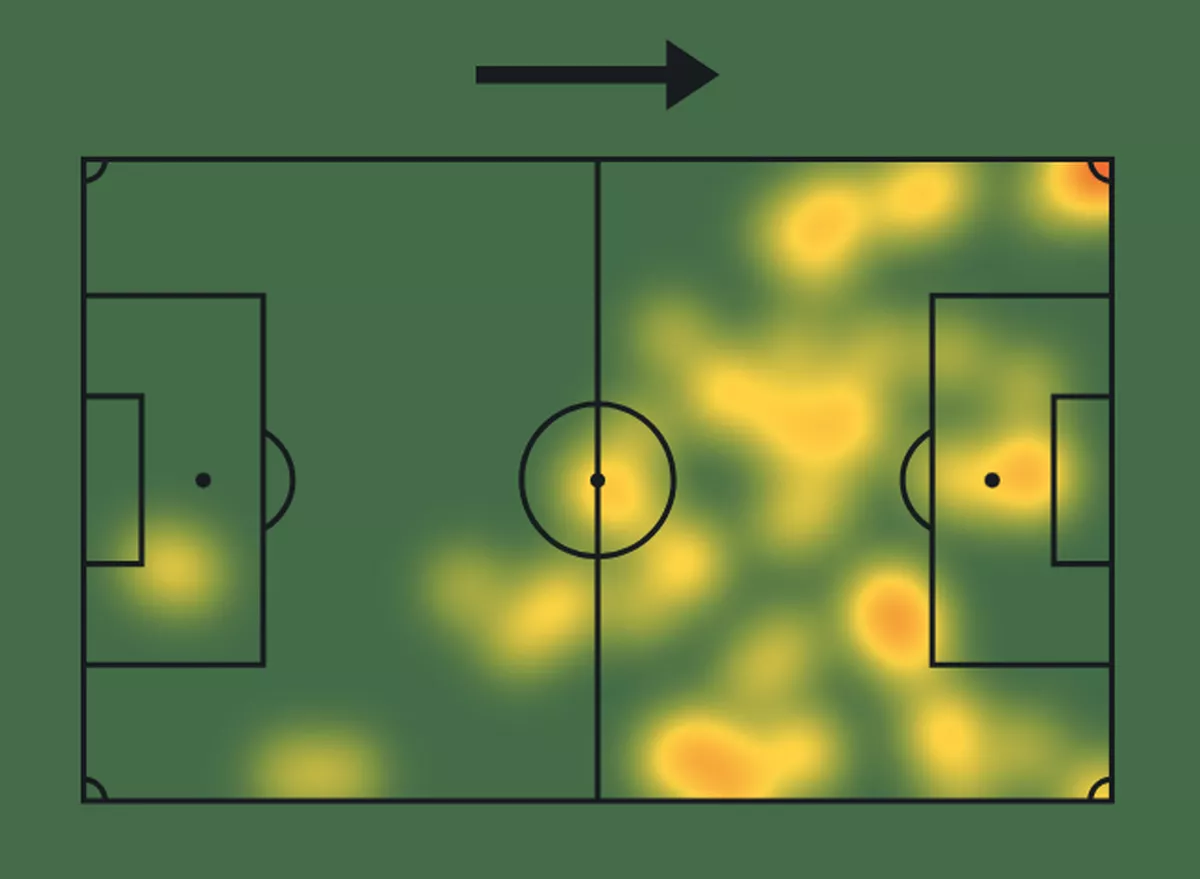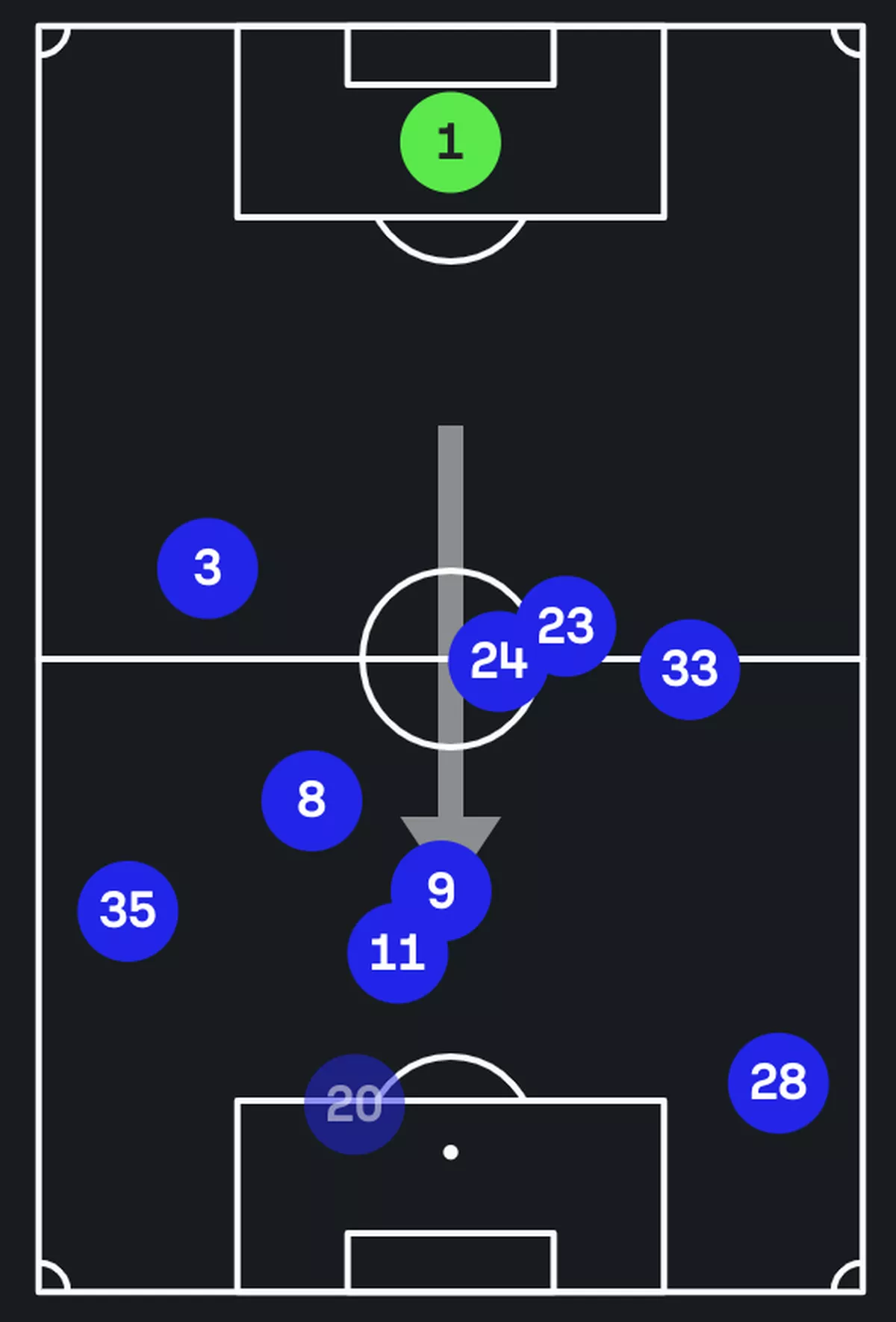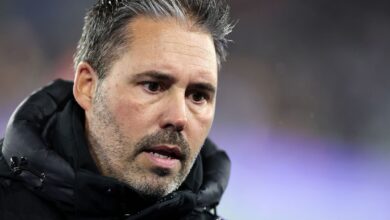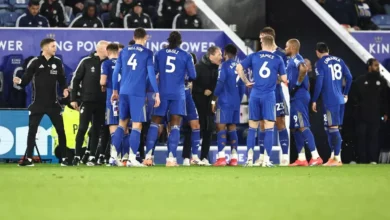“Leicester City’s SHOCKING £30M Transfer Twist: Jaw-Dropping Bilal El Khannouss Replacement Will Leave You SPEECHLESS!”
Leicester City Transfer Update: Premier League Clubs Circle Bilal El Khannouss as Deadline Approaches

This week could prove pivotal in determining whether Leicester City can retain Bilal El Khannouss beyond the current summer transfer window.
Signed from Genk for around £19.5 million last year, the 21-year-old quickly established himself as Leicester’s standout performer in the Premier League.
Despite his impressive displays in a struggling team, the Moroccan playmaker was unable to prevent the club’s relegation from the top flight.
Speculation about a move away from the King Power Stadium has been ongoing throughout the summer, but El Khannouss started and completed the full 90 minutes in Leicester’s opening-day Championship victory over Sheffield Wednesday.
Against the Owls, he showcased his quality with two assists, underlining the technical skill and composure that had made him a threat to even the Premier League’s elite.
With just three weeks left before the transfer deadline, a swift return to the top division is looking increasingly possible.
Reports on Monday suggested that Newcastle United are weighing up a bid for the Morocco international.

According to The Telegraph, the Magpies are considering triggering his release clause—believed to be in excess of £30 million—but that option is set to expire later this week, forcing Eddie Howe’s side to make a quick decision.
Leeds United are also monitoring the situation, while RB Leipzig, Bayer Leverkusen, and Tottenham Hotspur have all been linked in recent months.
While El Khannouss’ exit would not be unexpected, it would leave manager Marti Cifuentes without one of his most potent attacking weapons.
On Sunday, the 21-year-old was part of a lively front line alongside Stephy Mavididi, Abdul Fatawu, and Jordan Ayew.
He created three clear-cut chances, came close to scoring from range, completed all his dribbles, and delivered six progressive passes into the final third.
Performances like that make it evident he is operating at a level above the Championship.
If El Khannouss does depart, Leicester will need to find a replacement quickly.
Will Alves is one internal option, but the youngster was omitted from the matchday squad against Sheffield Wednesday.
In reality, a new creative midfielder would likely need to be signed before the window closes.
However, Sunday’s win may have revealed an unexpected solution.
Ayew, who led the line against Wednesday, impressed with his movement and link-up play alongside El Khannouss.

Though not a natural striker, the 33-year-old’s intelligence and ability to knit attacks together could make him a candidate to fill the creative void.
Despite being deployed as the central forward, Ayew often dropped deep to receive the ball, connecting play with runners on either flank.
Heat map data shows he spent significant time outside the penalty area, frequently occupying spaces between the halfway line and the opposition box.
SofaScore’s positional data further highlighted how closely Ayew operated to El Khannouss’ number 10 role.
When Patson Daka came on late in the match, Ayew continued to drift into half-spaces, with Daka pushing the defensive line higher.
El Khannouss then shifted closer to Kasey McAteer on the right, as Leicester adopted an attacking 3-3-4 shape with Ayew functioning more like an advanced midfielder.
In that scenario, the tactic worked, with Daka earning praise for his pressing, movement, and determination.
Earlier analysis by LeicestershireLive had already suggested that Ayew leading the line would not necessarily be a negative, and his performance on Sunday reinforced that idea.
Should El Khannouss depart, Cifuentes will need someone to supply creativity in midfield. While Ayew is not a natural playmaker, his knack for finding pockets of space, holding up play, drawing fouls, and creating openings from deeper positions gives Leicester a flexible in-house option.
If the club opts against signing a new striker this window, an additional attacking midfielder will almost certainly be brought in—but Ayew’s versatility makes him a strong candidate to help address the El Khannouss-shaped gap.



